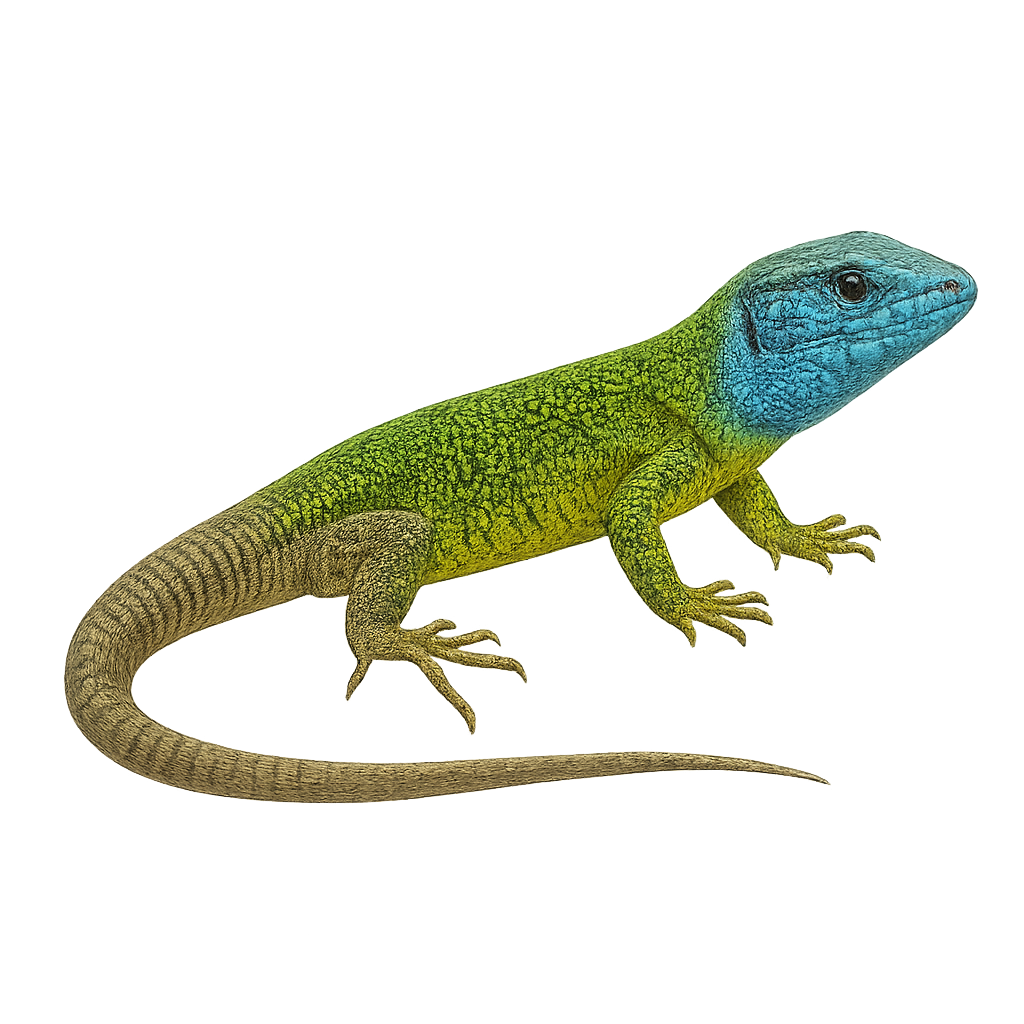Your wildlife photography guide.
Explore the schreiber's green lizard in detail, study its behavior, prepare your shots.
Where to observe and photograph the schreiber's green lizard in the wild
Learn where and when to spot the schreiber's green lizard in the wild, how to identify the species based on distinctive features, and what natural environments it inhabits. The WildlifePhotographer app offers tailored photography tips that reflect the schreiber's green lizard’s behavior, helping you capture better wildlife images. Explore the full species profile for key information including description, habitat, active periods, and approach techniques.
Schreiber's Green Lizard
Scientific name: Lacerta schreiberi

IUCN Status: Near Threatened
Family: LACERTIDAE
Group: Reptiles
Sensitivity to human approach: Suspicious
Minimum approach distance: 3 m
Reproduction period: January to December
Incubation: N/A
Births: January to December
Habitat:
oak forests, wet meadows, wooded areas
Activity period :
Active during the day when temperatures are favorable, often seen basking in the sun.
Identification and description:
The Schreiber's Green Lizard, or Lacerta schreiberi, is a fascinating reptile primarily found in the Iberian Peninsula. This lizard is particularly recognizable by its bright green color, often speckled with black spots, which allows it to blend into its natural environment. Males display a vibrant blue throat, especially during the breeding season. They prefer humid and wooded habitats, such as oak forests and wet meadows, where they can hide among dense vegetation. Mainly active during the day, these lizards are agile and fast, which helps them escape predators. Their diet consists mainly of insects and other small invertebrates.
Recommended lens:
Macro – adjust based on distance, desired framing (portrait or habitat), and approach conditions.
Photography tips:
To photograph the Schreiber's Green Lizard, it is advisable to use a macro lens to capture the details of its colorful skin. Approach slowly and cautiously, as these lizards are suspicious and can quickly flee. Opt for early morning or late afternoon hours when the light is soft and enhances the lizard's vibrant colors. Be attentive to its behavior and avoid sudden movements.
The WildlifePhotographer App is coming soon!
Be the first to explore the best nature spots, track rutting seasons, log your observations, and observe more wildlife.
Already 1 432 wildlife lovers subscribed worldwide

